The waters off the Berwickshire coast have long been considered special by marine biologists as they contain a fantastic abundance and diversity of marine life. Add to this clear waters and spectacular underwater scenery and it is not surprising that divers have been coming to the area for decades.
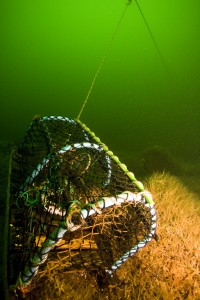 In the early days numbers were low but word soon spread and by the 1970s there were concerns that increasing human activity might start to have an adverse effect on the wildlife and local economy. Initially divers banned themselves from taking a crab or lobster ‘for the pot’ from around St Abbs and the Barefoot Marine Reserve was set up at Eyemouth by a local landowner. Then in 1984 local fishermen, divers and conservationists worked together and decided to designate the St Abbs & Eyemouth Voluntary Marine Reserve (VMR).
In the early days numbers were low but word soon spread and by the 1970s there were concerns that increasing human activity might start to have an adverse effect on the wildlife and local economy. Initially divers banned themselves from taking a crab or lobster ‘for the pot’ from around St Abbs and the Barefoot Marine Reserve was set up at Eyemouth by a local landowner. Then in 1984 local fishermen, divers and conservationists worked together and decided to designate the St Abbs & Eyemouth Voluntary Marine Reserve (VMR).
The VMR aims to balance the needs of the area’s marine wildlife with the needs of traditional creel fishing and recreational users. Protection of marine wildlife relies on educating people who use the area, promoting responsible behaviour and asking them to stick to a voluntary Code of Conduct when they visit.
Code of Conduct:
- Leave animals and plants where you find them and take care not to damage them.
- Do not tamper with lobster pots – it is illegal and dangerous.
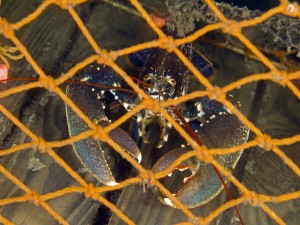
- Divers control your buoyancy and do not use spearguns or hooks.
- Take your litter home with you and do not pollute the sea.
- Avoid losing fishing tackle by using gear suitable for the ground and an appropriate rig design.
- Keep your distance from seabirds, seals and dolphins to avoid disturbing them.
- Look out for your safety at all times, check the tides and keep back from the cliff edge.
The Reserve covers an area of 1,030 hectares off the Berwickshire coastline stretching from Thrummie Carr in the north to Hairy Ness in the south and out to the 50m depth contour. 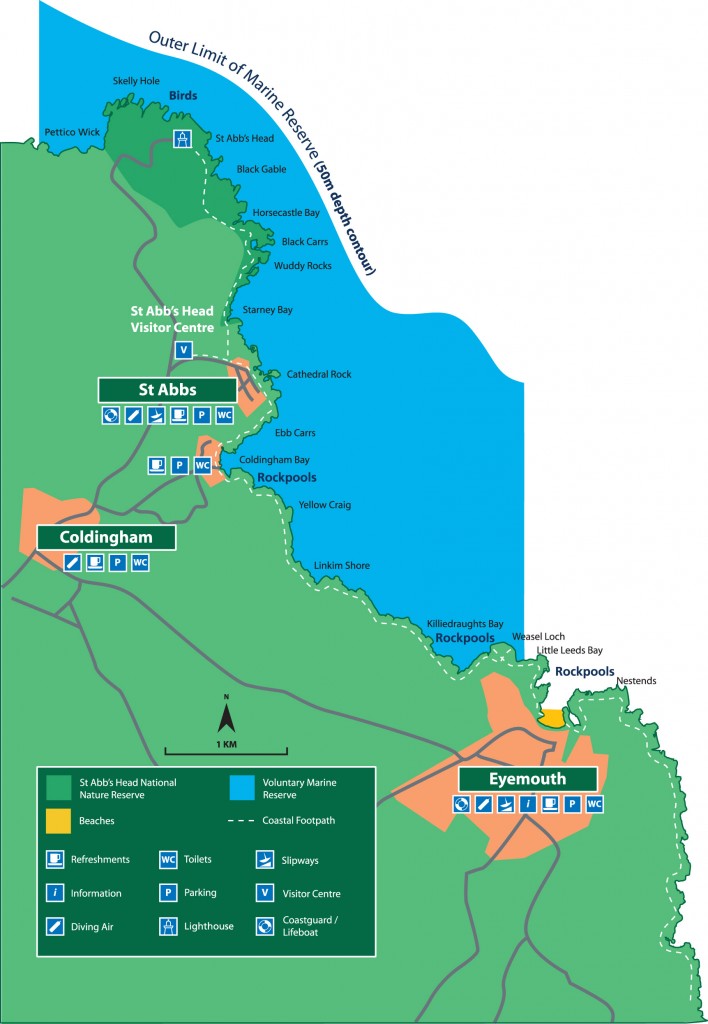
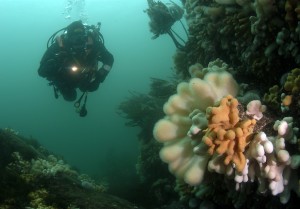 Although the Marine Reserve is voluntary and has no legal protection its value is enhanced by the fact that it lies within several other conservation areas. The Berwickshire and North Northumberland Coast European Marine Site (EMS) was designated in 2000 and contributes towards the important European network of Annex I habitats and Annex II species listed in the 1992 EU Habitats Directive. The European Marine Site is designated to protect several of the features which can be found within the Voluntary Marine Reserve including the rocky reefs, sea caves and cliffs for breeding sea birds against any practices which may damage them. The VMR is particularly valuable for the many northern species found at the southern point of their range such as the wolf fish and the deeplet sea anemone.
Although the Marine Reserve is voluntary and has no legal protection its value is enhanced by the fact that it lies within several other conservation areas. The Berwickshire and North Northumberland Coast European Marine Site (EMS) was designated in 2000 and contributes towards the important European network of Annex I habitats and Annex II species listed in the 1992 EU Habitats Directive. The European Marine Site is designated to protect several of the features which can be found within the Voluntary Marine Reserve including the rocky reefs, sea caves and cliffs for breeding sea birds against any practices which may damage them. The VMR is particularly valuable for the many northern species found at the southern point of their range such as the wolf fish and the deeplet sea anemone.
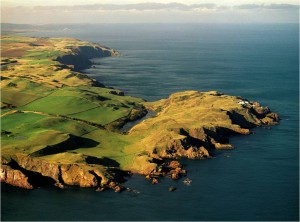 Adjacent to much of the coastal boundary of the Voluntary Marine Reserve lies the St Abb’s Head National Nature Reserve (NNR) which is home to one of the largest mainland breeding seabird colonies in the UK, is important for maritime flora and rare invertebrates. The NNR is one of 47 in Scotland which are designated for their excellent wildlife and it is owned and managed by the National Trust for Scotland.
Adjacent to much of the coastal boundary of the Voluntary Marine Reserve lies the St Abb’s Head National Nature Reserve (NNR) which is home to one of the largest mainland breeding seabird colonies in the UK, is important for maritime flora and rare invertebrates. The NNR is one of 47 in Scotland which are designated for their excellent wildlife and it is owned and managed by the National Trust for Scotland.
Another designation which overlies the Voluntary Marine Reserve is the Static Gear Reserve. Established under the Inshore Fisheries Act 1984, it covers an area one mile offshore from north of St Abb’s Head to the Scotland/England border. The use of mobile gear (trawling) is prohibited within the Static Gear Reserve, therefore protecting static gear such as lobster and crab pots from damage. However this also has the knock on effect of protecting the marine life from being damaged by trawling.




